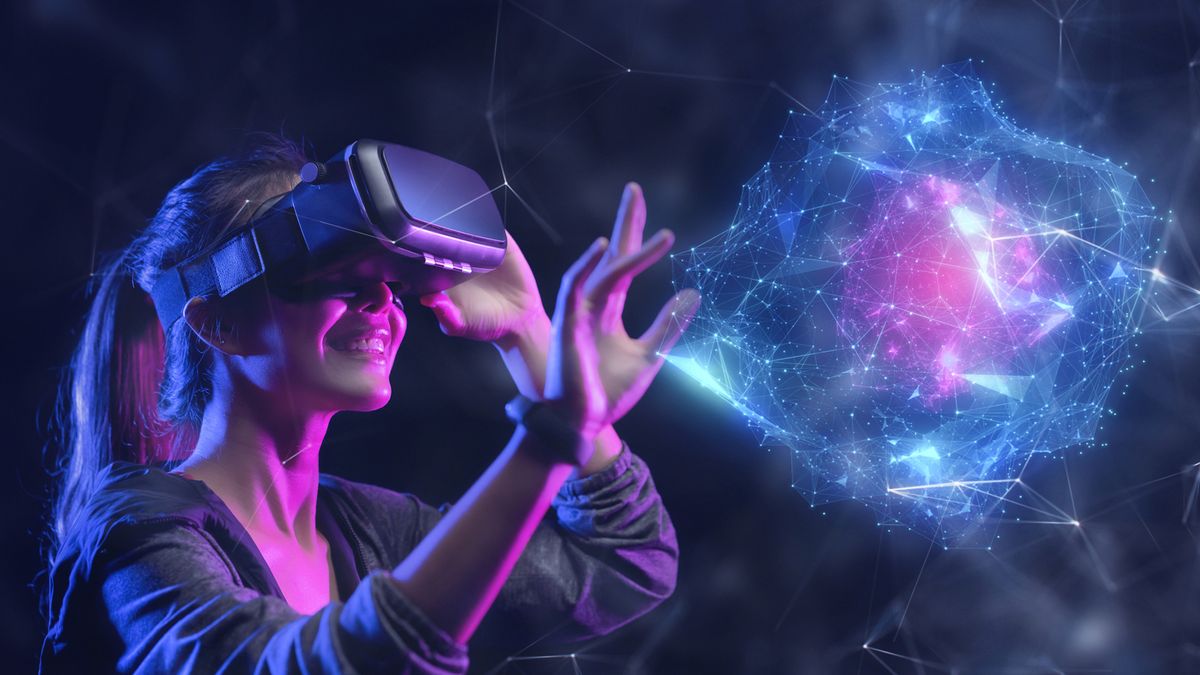Discover the Exciting World of Virtual Reality (VR)

In recent years, Virtual Reality (VR) has transitioned from a niche technology to a mainstream innovation that is transforming how we interact with digital content. From gaming and entertainment to education and healthcare, VR is unlocking new possibilities that were once thought impossible.
What is Virtual Reality (VR)?
Virtual Reality (VR) refers to a simulated environment that users can immerse themselves in using specialized headsets and equipment. By creating a 3D environment that responds to user movements and actions, VR provides a highly interactive experience that mimics real-world interactions or transports users to fantastical new worlds.
Modern VR systems often include motion controllers, haptic feedback devices, and spatial audio to enhance realism and deepen the sense of immersion. Applications go beyond gaming—VR is now widely used in education, training simulations, healthcare, real estate, and even social interactions. Continuous advancements in hardware and software are making VR more accessible and lifelike, bridging the gap between the digital and physical worlds.
The Impact of Virtual Reality (VR) on Various Industries
One of the most remarkable aspects of VR is its versatility across different sectors. In the gaming industry, VR offers players an unprecedented level of immersion, making gameplay more engaging and realistic. This technology is also revolutionizing training and education by allowing students and professionals to practice skills in a safe, controlled virtual environment.
In healthcare, VR is being used for therapy, pain management, and surgical training, providing patients and practitioners with new ways to improve outcomes. Real estate developers utilize VR tours to showcase properties remotely, while architects simulate designs to visualize projects before construction begins.
Benefits of Virtual Reality (VR)
- Enhanced Learning: VR facilitates experiential learning, making complex concepts easier to understand and remember.
- Cost Savings: Virtual prototypes and remote training reduce expenses associated with physical materials and travel.
- Increased Engagement: Immersive environments capture attention and foster active participation.
- Remote Collaboration: VR enables teams across the globe to meet and work together in a virtual space, breaking down geographical barriers.
Getting Started with Virtual Reality (VR)
If you’re interested in exploring VR, it is essential to choose the right hardware and content for your needs. Popular VR headsets include Oculus Rift, HTC Vive, and PlayStation VR, each offering unique features and price points. Additionally, there are numerous platforms and applications to jumpstart your immersive experience.
Explore More About Virtual Reality (VR)
For those eager to learn more about how VR can benefit your business or personal projects, check out this comprehensive resource on Virtual Reality (VR). This site offers detailed insights, latest trends, and innovative solutions in the VR space.
To discover a wider array of technological innovations, visit the Techanta homepage and stay updated on cutting-edge advancements shaping our future.
The Future of Virtual Reality (VR)
The future of VR holds exciting prospects as technology continues to evolve rapidly. Improvements in graphics, haptic feedback, and artificial intelligence will further enhance immersion and usability. As hardware becomes more affordable and accessible, VR is poised to become an integral part of everyday life, transforming how we work, learn, and entertain ourselves.
In conclusion, Virtual Reality (VR) is more than just a technological trend; it’s a powerful tool capable of transforming multiple facets of our society. Embracing this innovation today can open doors to limitless opportunities and immersive experiences that redefine reality itself.




